
Koi are poikilothermic, which means that there body temperature is governed by the surrounding water temperature so the amount that they will eat depends on the water temperature. As it warms up they eat more, as it cools down they eat less, so make sure that you bear this in mind with their feeding.牋?They have a very simple digestive system which will slow down with temperature and they can only digest a certain amount of food at a time.
Koi are poikilothermic, which means that there body temperature is governed by the surrounding water temperature so the amount that they will eat depends on the water temperature. As it warms up they eat more, as it cools down they eat less, so make sure that you bear this in mind with their feeding.
They have a very simple digestive system which will slow down with temperature and they can only digest a certain amount of food at a time. It is very important to make sure that the food they are eating is of the right quality and amount to avoid waste food building up in the water and to make sure that they are getting the nutrition that they need.
In warm weather the food can contain a higher level of protein but this needs to be decreased as water temperatures start to fall and the fish's metabolism slows down.
Different people have varying ideas on feeding but generally at water temperatures of 60 degrees and below I would recommend that you feed a wheatgerm based feed with a protein level of under 40 percent and you will probably be feeding once a day at these temperatures. I usually stop feeding once the temperature drops below 50 degrees because the koi's digestive system slows right down at these temperatures and you don't want the gut full of rancid food.
As the temperature increases you need to increase the number of feeds and the protein content until at the height of summer you may well be feeding anything up to eight times a day with a high protein content of around 45%. You always need to gauge how much of the food is being eaten and adjust the amounts to avoid waste and a build up of uneaten food. It has been shown that regular small feeds actually help with fish growth as opposed to one or two large feeds a day
There are a huge number of factors that come into koi feeding and it is impossible to cover them all as it will vary from pond to pond depending on water volume and stock density. In a mature pond your fish will not starve as they will soon start to eat everything that grows in the pond naturally especially in the warmer weather.
The most important thing is get to know your fish and there habits and make sure that you don't leave lots of uneaten food to decay and decrease water quality. Vary their diet by changing brands on a fairly regular basis. If they get too used to one type of food they may well turn their noses up at another when it is time to change the protein content.
Feeding koi at regular times and at the same place in the pond will soon get them to recognise you and come to the surface when you approach. Many koi have been trained to eat from their owners hands much to their delight. Above all enjoy your koi!
Article Tags: Make Sure, Protein Content
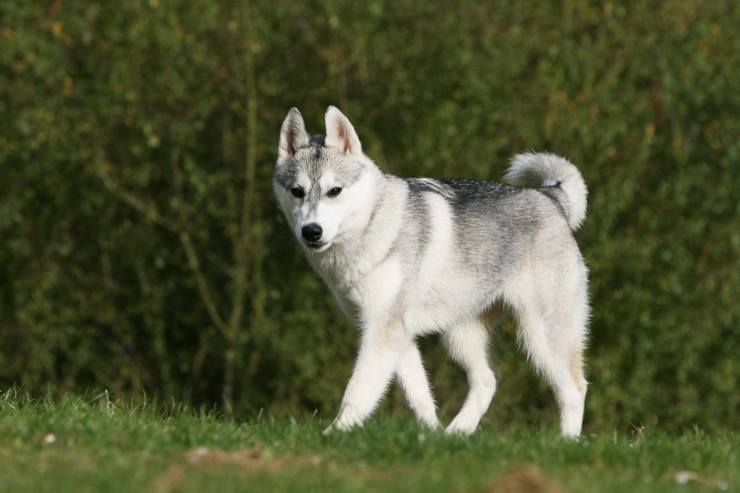 What Factors Affect Where A Roaming Dog Will Wander?
What Factors Affe
What Factors Affect Where A Roaming Dog Will Wander?
What Factors Affe
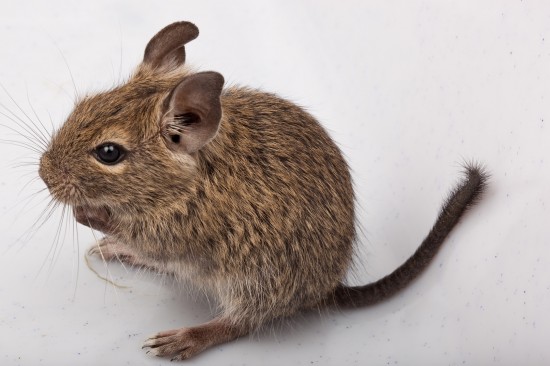 10 Things You Should Know Before Adopting A Degu
10 Things You Sho
10 Things You Should Know Before Adopting A Degu
10 Things You Sho
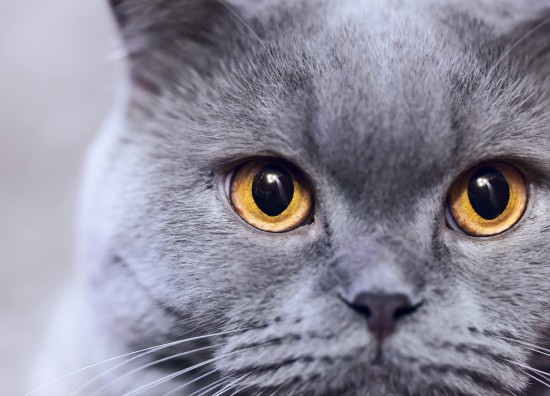 The Senses Of Cats
The Senses Of Cat
The Senses Of Cats
The Senses Of Cat
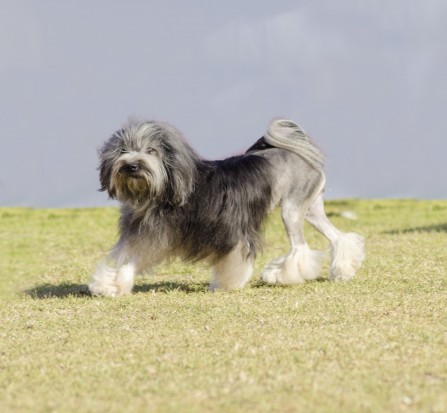 The Lowchen Dog Coat Types And Colours
The Lowchen Dog C
The Lowchen Dog Coat Types And Colours
The Lowchen Dog C
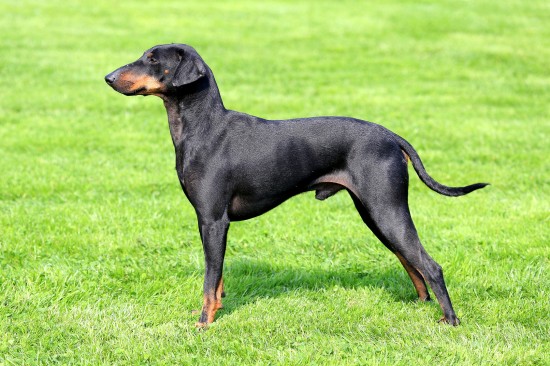 Manchester Terrier Vs Miniature Pinscher - The Differences
Manchester Terrie
Manchester Terrier Vs Miniature Pinscher - The Differences
Manchester Terrie
Copyright © 2005-2016 Pet Information All Rights Reserved
Contact us: www162date@outlook.com